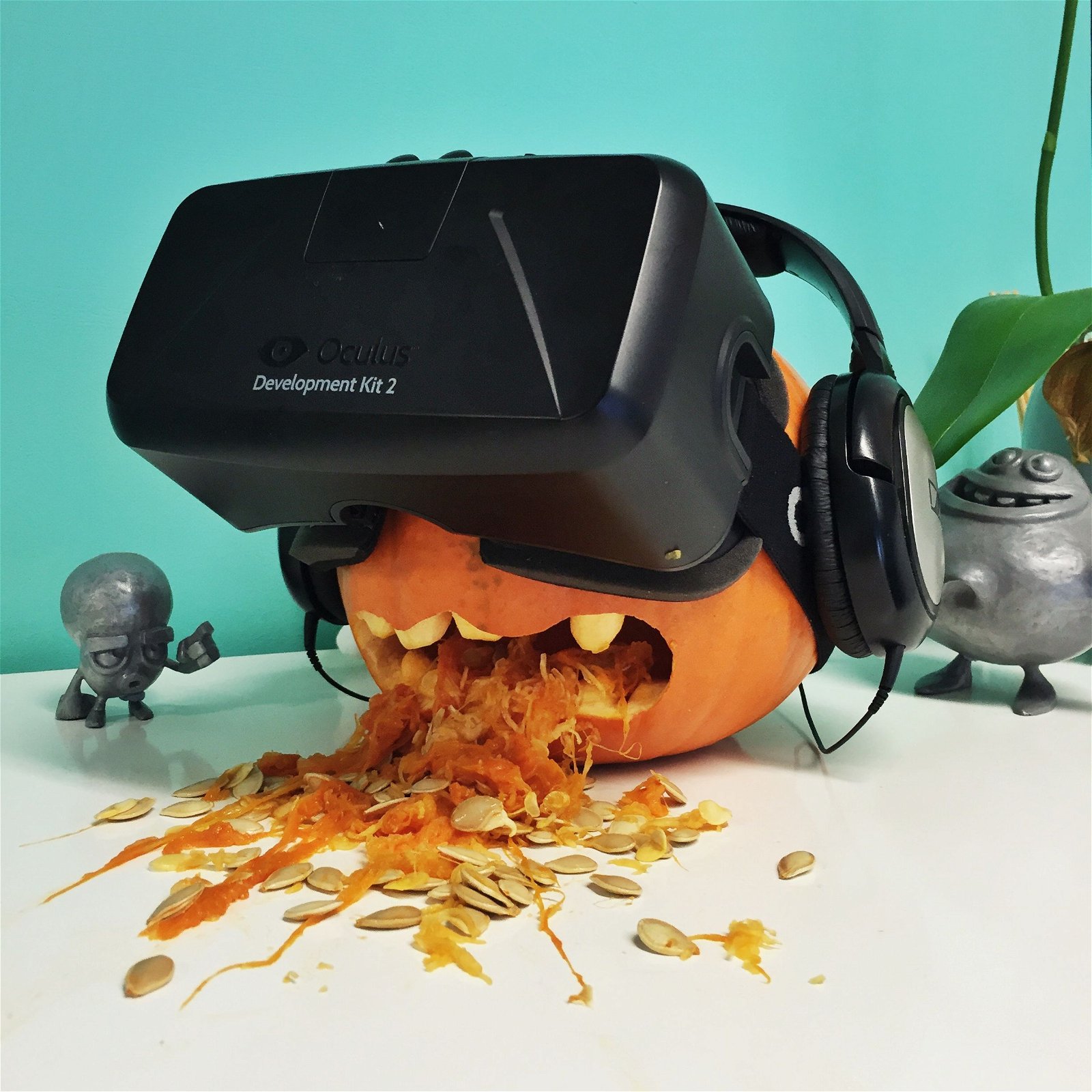
Users of virtual reality headsets tend to experience negative side-effects such as headaches and vomiting. Many games counter this by having the player be stationary and using the famous “teleport” mechanism to move around instead. To me, it seems like a cheap way to fit a conventional game into a virtual reality headset.

If moving around is desired, the virtual reality headset should come along with a treadmill or various sensors that are able to detect the wall of the room that you are in. The player can then use his or her own legs to move.
The drawback is that the treadmills are expensive, and not everyone has a big room to walk around in. Maybe the games should be designed for the virtual reality devices, instead of it being the other way around. The immersion of virtual reality is its biggest draw, giving rise to its popularity in the medical industry as it is used as a training tool.

Other industries might be better suited to use the virtual reality headset technology instead. For example, the tourism industry could use it to hold virtual tours, where you can transport yourself to another location using a headset, but you would be only able to look around the area rather than moving around.

In fact, I feel that virtual reality may make a difference in other forms of technical training, not just in the medical schools. It could be used to learn driving, for example, though you would not be able to feel the actual acceleration and forces that are present in a real car (and that might make you sick). Jordá Autoescuelas is a school that has adopted this method of training, though it is currently only provided for interested students.
Definitely, more research has to be done into the area, which would have to be boosted indirectly by a heightened interest in virtual reality by consumers or businesses.

What makes a platform successful for gaming? I would argue that it would be how useful the platform is outside of gaming. A good example is the mobile gaming industry. Smartphones were originally designed for business use, and only became popular when they were tailored towards consumers and included features like touchscreens and 3G mobile data networks. It seems to me that mobile gaming became a big market only because these phones became popular, not because people were buying it specifically to play Angry Birds or Candy Crush.
As for virtual reality devices, I reckon that they should follow the same path as well. First, aim for widespread adoption in fields such as medical training and tourism before a market for games naturally grows and matures.
Image Sources and References:
Pumpkin, Virtuix Omni: https://www.alfabetajuega.com/reportaje/la-realidad-virtual-y-sus-metodos-de-locomocion (The Virtual Reality and Its Methods of Locomotion)
Driving: https://autoescuelas-jorda.com/blog/realidad-virtual-para-aprender-a-conducir/ (Virtual Reality for Learning to Drive)
Tourism: https://invelon.com/realidad-virtual-y-realidad-aumentada-tambien-presentes-en-el-turismo/ (Virtual Reality and Augmented Reality Also Present in the Tourism)
Mobile Revenue: https://www.visualcapitalist.com/how-big-is-the-global-mobile-gaming-industry/
